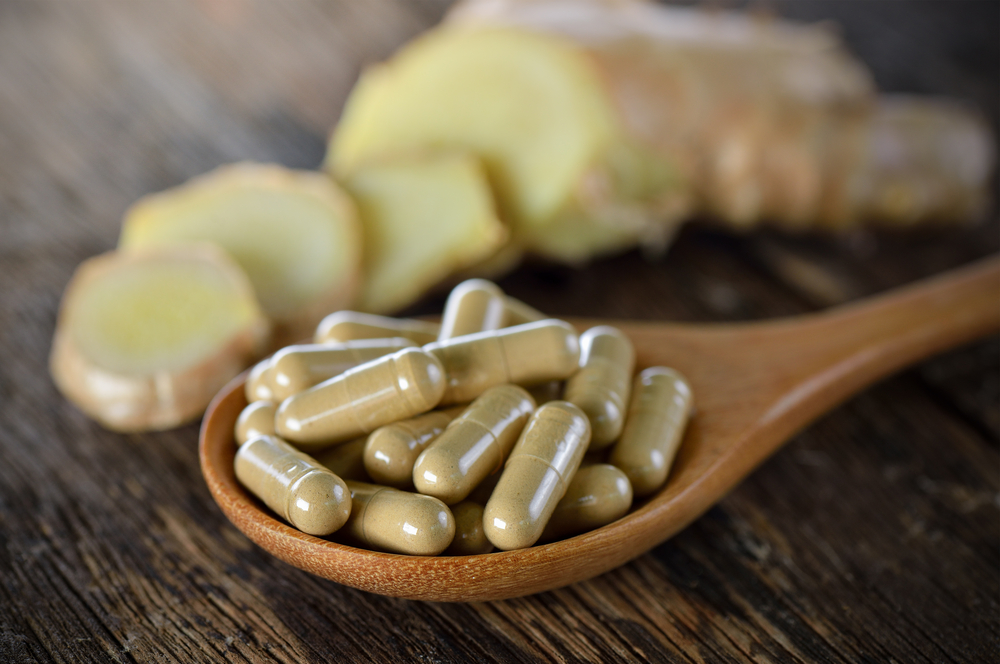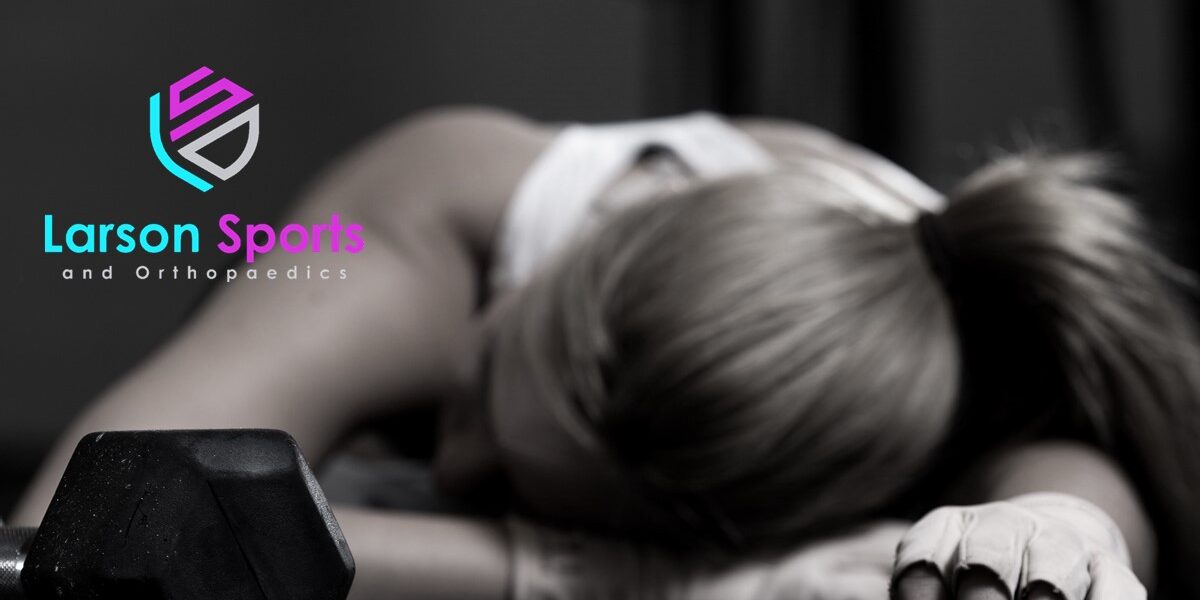To lift or not to lift? Ah, that is the question! You are probably sitting there wondering whether you should go to the gym or call the doctor. “Did I injure myself or am I just extra sore from my workout?” Because, yes, a hard workout can make you really sore the next day. But sometimes it can be hard to tell the difference between that and a real injury.
Am I Injured or Just Sore?
Maybe you did a really heavy bench press session yesterday, and now your shoulder hurts every time you lift a cup of coffee. Perhaps you were in the middle of your workout and had to stop because you felt a sharp pain in your knee. Or maybe your legs are so sore that you need help getting off the toilet the next day!
Sometimes DOMS (delayed-onset muscle soreness) can mimic an injury. But on the flip side, we often try to blame every pain on DOMS because we just don’t want to admit that we probably hurt ourselves!
“It’s fine… this is fine” we mumble quietly clutching a wounded shoulder and pacing around the gym. I get it. Even as a doctor I try to convince myself that my pains are temporary and if I just ignore them everything will be fine!

Dr. James Larson is an orthopedic surgeon specializing in sports medicine and arthroscopic surgery. He also holds a CF-L1 certificate and is a Certified BFR Specialist. He supports weight training and high-intensity exercise throughout the lifespan. He started LSO to keep more people moving better, longer.
What is DOMS?
First off, let’s define what we are talking about. DOMS stands for delayed onset muscle soreness. DOMS is the muscle stiffness and pain that you normally get after intense exercise. And it can be really painful! Like “have to hold onto the walls just to sit on the toilet” painful.
DOMS is caused by microscopic damage to the muscles during exercise. It’s most likely to happen when you are starting a new workout program. But even trained athletes can experience DOMS after stepping up your routine or trying new exercises.
Signs of Simple Muscle Soreness
Pain from DOMS can range all the way from “Wow, it’s hard to get down the stairs” all the way up to “Why did I do this to myself?!” But it will always have several common features:
- Starts 12-48 hours after your workout
- Painful to stretch, may be unable to straighten your arms all the way
- Improves with anti-inflammatory medicines like ibuprofen
- Improves over the course of a few days
- Improves with light exercise
- Is usually symmetric – i.e. both quads, both biceps, both calves
- Muscles sore to touch or massage
These are all signs that your pain, as uncomfortable as it may be, is just delayed onset muscle soreness. That being said, there is a severe form of DOMS called rhabdomyolysis that can be serious and life-threatening.
If you have DOMS so painful that you can hardly move, swollen muscles that feel rock hard, and/or dark cola-colored urine you may have rhabdomyolysis. You should get to the emergency room right away, since rhabdo can cause permanent damage to the kidneys or even death.

For More Info, Check Out Preventing Soreness After Exercise
Signs of a Real Injury
- Started in the middle of your workout
- Is sharp or tearing in nature
- Lasts for longer than four days
- Wakes you up at night
- Pain in a joint instead of the meaty part of a muscle
- Pain in the foot or hand
- It gets worse with another bout of exercise
I’ll go over a few of these points and let you know what they mean to me as an orthopedic surgeon.

What if the pain starts during the workout?
If you get sharp sudden pain during a workout… you probably damaged something. Especially if the muscle looks obviously abnormal or if you see immediate swelling or bruising. That indicates a torn tendon or Maybe enough damage to cause bleeding. Fortunately, those kinds of injuries are usually pretty obvious and I hope you are heading to the ER instead of searching the internet. But if you are sitting here reading instead…shoo! gogogo!
What if the pain is tearing or sharp?
DOMS doesn’t feel like stabbing or tearing. So if you feel pain like that, you probably have truly injured yourself. Sure, the muscles may feel like you are pulling them apart when you stretch them the day after a workout. But a sudden sharp stabbing, ripping, or tearing feeling during activity is not DOMS.
What if it still hurts after rest?
DOMS will usually get better after a few days of rest and stretching. But if you’ve given it a week or so and the pain is persistent, that’s more likely a real problem. Of course that’s different from continuing to give yourself DOMS. I remember when I first started HIIT training, I was sore for a couple days after every workout for several months. That’s different from having a sharp stabbing pain that won’t go away.
What if the pain wakes you up at night?
Night pain can be an indicator of a major injury. Rotator cuff tears in particular often hurt more at night than when you are up and active. Of course, night cramps will also wake you up, but that’s a different issue. I’m talking about deep aching in the joint that is just too painful to lay on and wakes you up frequently.
What if the pain is in my joints, hands, or feet?
DOMS doesn’t affect your joints. So if the pain in your shoulder, elbow, knee, hip, etc then it’s not DOMS. Same thing in the hand and foot. You aren’t going to get DOMS in the hands or feet. DOMS will cause pain in your butt, quads, biceps, and abs most frequently. So pain in the joints, hands, or feet can indicate damage. That can range from a torn meniscus to ligament injuries or even fractures.
What if the pain gets worse with exercise?
Exercise actually helps relieve the pain from DOMS. A light “active recovery” workout helps to improve blood flow, repair damage, and loosen tight muscles. But if you try and go back to the gym for a light recovery workout but the pain gets worse, you should see the doc. It could mean that you’ve torn something.
Conclusion
While DOMS can cause an pretty severe amount of discomfort, it is just a sign of improvement in your muscle size and strength. Take a couple of ibuprofen and a hot shower, then get back to the gym and work it out. But if you have any of the warning signs up above, get it checked out before you make it worse!
This does not constitute specific medical advice and does not indicate a physician-patient relationship between Dr. Larson and readers of this website. Please consult your own physician regarding any of these recommendations before starting them.
Looking to schedule an appointment with Dr. Larson? You can contact his office HERE for an evaluation. His office is easily accessible from Maryland, Virginia, West Virginia, and D.C.

